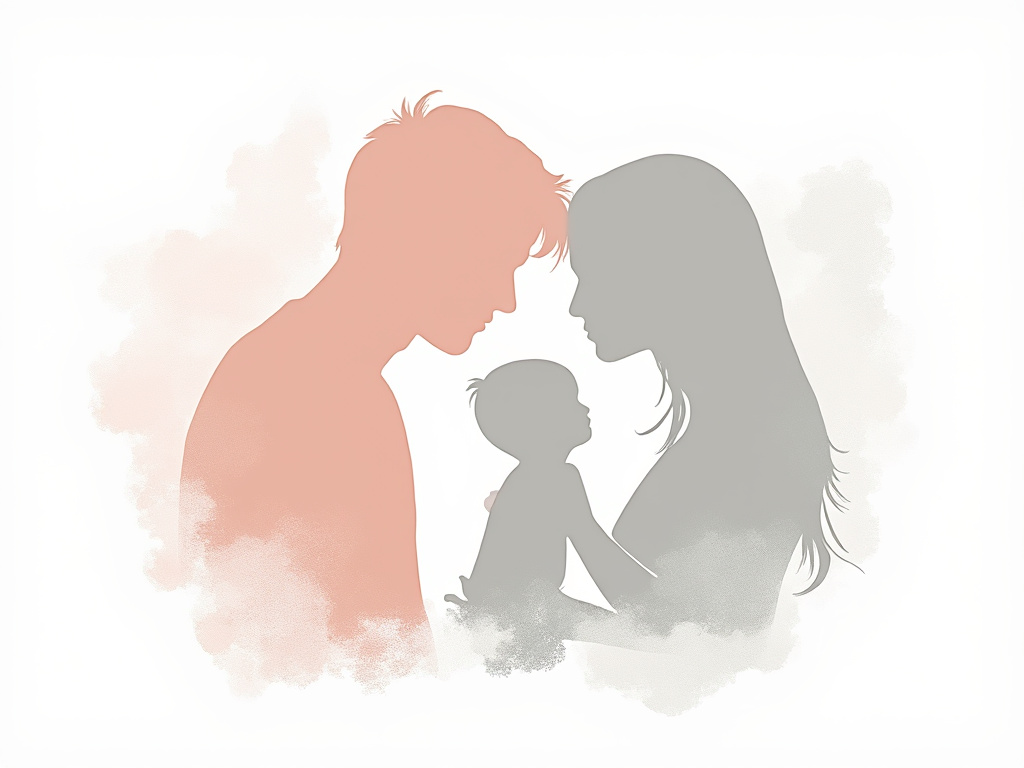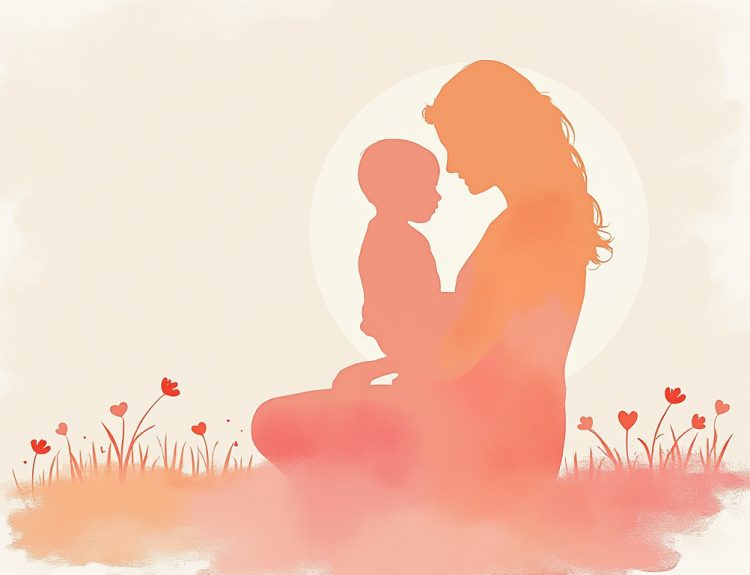
Emotional Regulation for 10-Year-Olds: Age-Appropriate Guide to Helping Children Manage Feelings
Reading time: 8 minutes
Ever watched a 10-year-old go from giggling about a silly joke to sobbing over a minor disappointment in the span of five minutes? You’re witnessing the fascinating—and sometimes overwhelming—world of pre-teen emotional development. Let’s explore how to guide children through this crucial developmental phase with compassion and practical strategies.
Table of Contents
- Understanding the 10-Year-Old Emotional Landscape
- Core Emotional Regulation Strategies
- Practical Techniques for Daily Life
- Common Challenges and Solutions
- Building Your Child’s Emotional Toolkit
- Your Emotional Guidance Roadmap
- Frequently Asked Questions
Understanding the 10-Year-Old Emotional Landscape
At 10 years old, children are navigating a unique emotional territory. Their brains are developing rapidly, particularly the prefrontal cortex—the area responsible for executive function and emotional control. Research from the American Academy of Pediatrics shows that 85% of children this age experience significant emotional intensity fluctuations as they develop self-awareness.
Key Developmental Insights:
- Increased emotional vocabulary but limited regulation skills
- Growing awareness of social dynamics and peer relationships
- Beginning to understand cause-and-effect in emotional situations
- Developing sense of fairness and justice
The Science Behind Big Feelings
Dr. Daniel Siegel, renowned child psychiatrist, explains that children’s emotional responses are governed by their “upstairs brain” (logical thinking) and “downstairs brain” (emotional reactions). At 10, the connection between these areas is still developing, which explains why children can understand rules intellectually but struggle to apply them when emotions run high.
What Makes This Age Unique
Ten-year-olds are caught between childhood and adolescence. They’re developing critical thinking skills while still relying heavily on adult guidance. This creates a perfect opportunity for teaching emotional regulation—they’re cognitively ready to learn strategies but still open to adult coaching.
Emotional Development Comparison by Age
40% – Basic emotion recognition
60% – Developing self-control
75% – Strategic thinking about emotions
85% – Advanced emotional regulation
Core Emotional Regulation Strategies
Effective emotional regulation for 10-year-olds revolves around four fundamental pillars: recognition, understanding, coping, and expression. These aren’t just abstract concepts—they’re practical skills that children can master with the right guidance.
The RICE Method for Emotional Regulation
| Step | Technique | Child-Friendly Example | Practice Time |
|---|---|---|---|
| Recognize | Identify the emotion | “I notice my chest feels tight” | 2-3 minutes |
| Investigate | Explore the trigger | “This started when…” | 3-5 minutes |
| Choose | Select coping strategy | “I can try deep breathing” | 5-10 minutes |
| Express | Communicate appropriately | “I felt upset when…” | Ongoing |
Building Emotional Vocabulary
Ten-year-olds benefit enormously from expanding their emotional vocabulary beyond “good,” “bad,” “mad,” and “sad.” Research shows that children with robust emotional vocabularies demonstrate 23% better emotional regulation compared to peers with limited emotional language.
Practical Vocabulary Building:
- Frustrated vs. Furious: Help children understand intensity levels
- Disappointed vs. Devastated: Distinguish between similar emotions
- Excited vs. Overwhelmed: Recognize positive emotions that need regulation
- Worried vs. Anxious: Identify different types of concern
Practical Techniques for Daily Life
Real-world application is where emotional regulation skills prove their worth. Let’s explore specific, age-appropriate techniques that 10-year-olds can use independently.
The 5-4-3-2-1 Grounding Technique
This sensory-based technique helps children refocus when emotions feel overwhelming:
- 5 things you can see
- 4 things you can touch
- 3 things you can hear
- 2 things you can smell
- 1 thing you can taste
Case Study: Sarah, age 10, used this technique when feeling anxious about a presentation. By focusing on her surroundings—the blue poster on the wall, the smooth desk surface, the hum of the air conditioner—she successfully calmed herself before speaking.
The Emotion Thermometer
Visual tools resonate powerfully with 10-year-olds. An emotion thermometer helps children gauge their emotional intensity on a scale of 1-10, empowering them to choose appropriate responses.
- 1-3 (Cool Zone): Calm, content, slightly bothered
- 4-6 (Warm Zone): Frustrated, worried, excited
- 7-10 (Hot Zone): Angry, panicked, overwhelmed
Pro Tip: Practice using the thermometer during calm moments so children can access it effectively during emotional situations.
Breathing Techniques That Work
While adults might benefit from complex breathing exercises, 10-year-olds need simple, memorable techniques:
- Box Breathing: Inhale for 4, hold for 4, exhale for 4, hold for 4
- Bunny Breaths: Three quick sniffs in, one long breath out
- Balloon Breathing: Imagine inflating a balloon in your belly
Common Challenges and Solutions
Even with the best strategies, children face predictable obstacles in emotional regulation. Understanding these challenges helps parents and educators provide targeted support.
Challenge #1: Overwhelm in Social Situations
Scenario: Marcus feels excluded during recess when his friends choose teams for kickball. His immediate reaction is to storm off angrily, missing opportunities to problem-solve or communicate his feelings.
Solution Strategy:
- Teach the “pause button” technique
- Practice perspective-taking: “What might my friends be thinking?”
- Develop scripts for difficult situations: “I’d like to play too. How can we include everyone?”
Challenge #2: Academic Stress and Perfectionism
Ten-year-olds increasingly compare themselves to peers and may develop perfectionist tendencies. When Emma receives a B+ on a test she studied hard for, she might experience disproportionate disappointment.
Solution Strategy:
- Reframe “mistakes” as “learning opportunities”
- Focus on effort over outcome
- Practice self-compassion language: “I did my best with what I knew”
Building Your Child’s Emotional Toolkit
Creating a personalized emotional regulation toolkit empowers children to take ownership of their emotional wellbeing. This isn’t a one-size-fits-all approach—each child’s toolkit should reflect their unique personality, preferences, and challenges.
Essential Toolkit Components
Physical Tools:
- Stress ball or fidget toy for tactile regulation
- Comfort object for security
- Art supplies for emotional expression
- Music playlist for mood regulation
Mental Tools:
- Personal mantra or positive self-talk phrases
- Visualization techniques
- Problem-solving steps
- Gratitude practice
Social Tools:
- Trusted adults to talk with
- Friendship skills and conflict resolution strategies
- Ways to ask for help
- Boundaries and assertiveness skills
Customizing for Individual Needs
Some children are naturally introspective and respond well to journaling, while others are kinesthetic learners who need movement-based strategies. Observe your child’s natural preferences and build upon their strengths.
Case Study: Alex, a highly active 10-year-old, struggled with traditional “sit and breathe” techniques. His parents discovered that jumping jacks followed by gentle stretching helped him regulate emotions more effectively than seated breathing exercises.
Your Emotional Guidance Roadmap
Supporting a 10-year-old’s emotional development requires consistent, patient guidance. Here’s your step-by-step roadmap for creating lasting change:
Week 1-2: Foundation Building
- Introduce basic emotion vocabulary during calm moments
- Practice the emotion thermometer daily
- Establish regular check-in times
Week 3-4: Skill Development
- Teach and practice breathing techniques
- Role-play challenging scenarios
- Begin building personal emotional toolkit
Week 5-8: Real-World Application
- Support practice during actual emotional situations
- Celebrate successful regulation attempts
- Adjust strategies based on what works
Ongoing: Reinforcement and Growth
- Regular toolkit reviews and updates
- Advanced skill introduction
- Peer relationship support
Remember: emotional regulation is a lifelong skill. The foundation you help build now will serve your child through adolescence and beyond. As digital natives growing up in an increasingly complex world, today’s 10-year-olds need these skills more than ever.
What emotional regulation strategy will you try first with your child, and how will you adapt it to their unique personality and needs?
Frequently Asked Questions
How long does it typically take for a 10-year-old to master emotional regulation techniques?
Most children show initial improvement within 2-3 weeks of consistent practice, but mastery is an ongoing process. Research indicates that children who practice emotional regulation techniques regularly demonstrate significant improvement within 6-8 weeks. However, emotional regulation is a skill that continues developing throughout childhood and adolescence, so patience and persistence are key.
What should I do if my child resists practicing emotional regulation strategies?
Resistance is normal and often indicates the child feels overwhelmed or doesn’t see the relevance. Start by practicing during calm, positive moments rather than during emotional crises. Make it fun through games, stories, or creative activities. Also, model the techniques yourself—children learn more from what they observe than what they’re told. If resistance continues, consider whether the techniques match your child’s learning style and preferences.
How can I tell if my 10-year-old needs professional help with emotional regulation?
Consider professional support if emotional outbursts are frequent (daily), intense (lasting more than 30 minutes), or significantly impacting school, friendships, or family life. Warning signs include persistent sadness, excessive worry, aggressive behavior, social withdrawal, or regression in previously mastered skills. Trust your instincts—if you’re concerned about your child’s emotional wellbeing, consulting with a pediatrician or child psychologist can provide valuable guidance and peace of mind.

Article reviewed by Elena Popescu, Love Coach | Helping Singles Find Authentic Connections, on May 29, 2025



